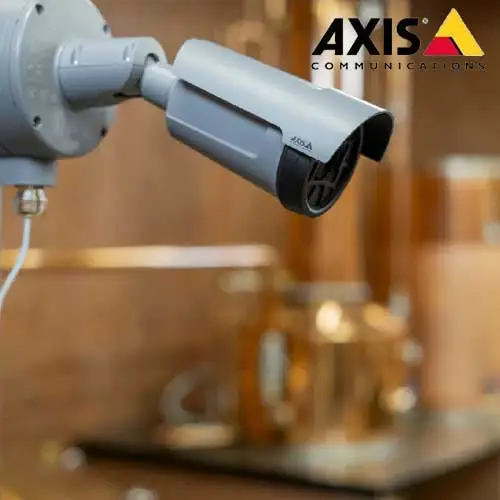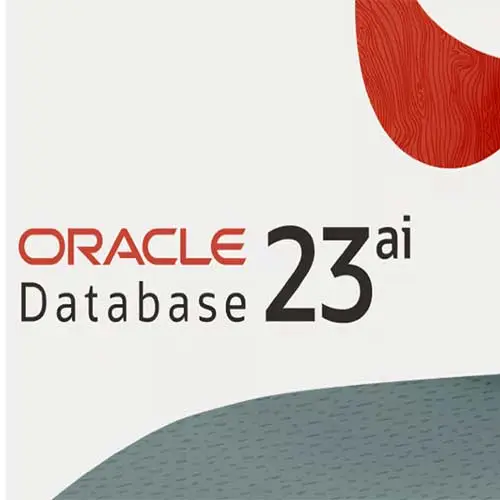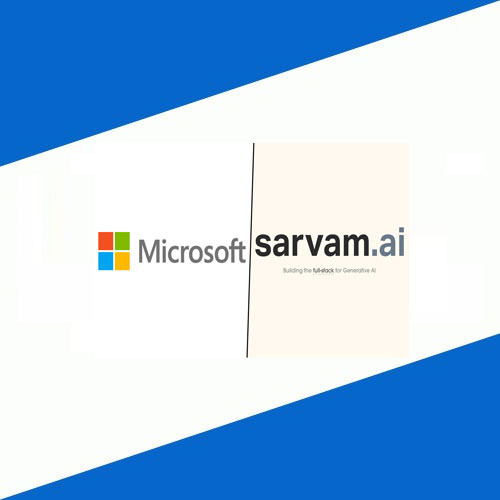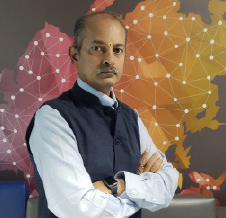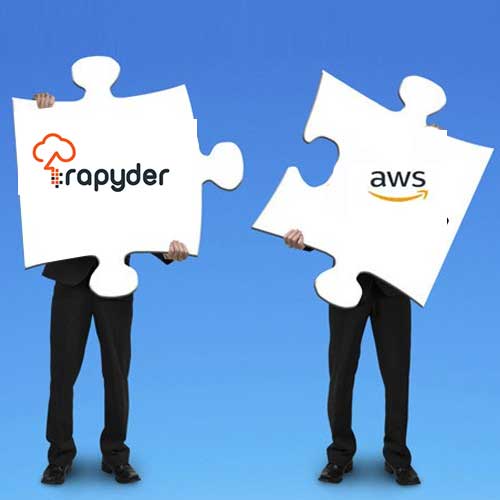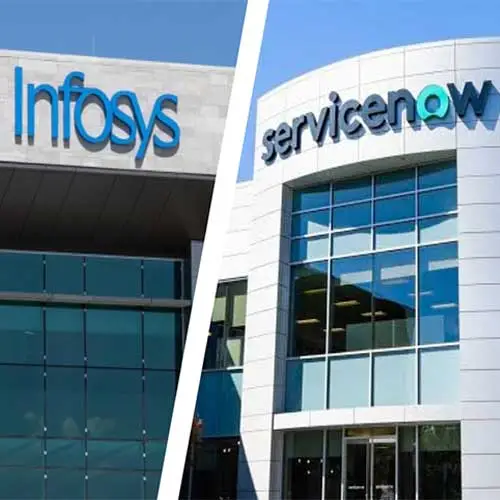Virtualization: Key Enabler For A Smart City

Shweta Singh*, a working mother, was concerned about the growing earache of her two-year-old son. Without delay, she logged in to the system of the nearest hospital, and the doctor was able to examine her son with the help of a video call. Past medical records were already available with them. Within minutes she had the diagnosis, and the medicines were delivered to her doorsteps by the hospital. She smiled and heaved a big sigh of relief as she put her son to sleep and instructed the stove to prepare a hot cup of coffee for her as per her specifications.
This is just one instance of how smart cities enhance the overall quality of life of its residents by making them more livable and sustainable. The world over, Smart Cities are transforming the way we live, commute and consume.
It is no longer just a technology buzzword. The Indian Government recognized this and formed Smart Cities Mission about three years back to leverage the many economic and social benefits of the concept. Hundred smart cities will be developed with an investment of INR48,000 crore over a period of five years as part of this initiative.
Smart cities are especially relevant in India. The country faces a massive problem of rapid urbanization and increasing population growth. India’s urban spaces are stretched to their limits. Poor transport to growing pressure on public utilities and services, India’s cities continue to face enormous challenges. The country needs to work in both the directions: to develop new cities and to also enhance the livability of the existing city infrastructure.
It is here that smart cities promise to help the country by using technology. The use cases are virtually limitless and are restrained only by our imagination. Going beyond the much-publicized smart city applications such as connected cars, there are compelling use cases in public safety, waste management, healthcare, education or transport.
This vision of a smart city is built on a robust, reliable, agile and scalable communications network. Ubiquitous high-speed network capable of providing anytime anywhere coverage to the citizens is the very basis of a smart city. Seamless connectivity is the bedrock of any smart city.
It is also a massive opportunity for the telecom service providers. The data consumption would go up dramatically as the people start to use an increasing number of city administration services through various apps. A Smart city is a vast network of devices and sensors with many small networks integrated together into a cohesive communications infrastructure.
Telcos cannot benefit from the smart city opportunity unless and until they overhaul and upgrade their networks. The existing networks, which were initially built for people, are incapable of meeting the unique requirements of the Internet of Things and the smart city network.
A smart city network demands an extremely low latency for a number of real time use cases. Besides nearly 8.4 billion things will be connected by 2020, which is likely to lead to signaling challenge for the telcos. A key aspect of a smart city is collection and analysis of the data generated by the vast number of connected devices. The service providers would also need to analysis this data for actionable insights.
So what can telcos do to ensure that the networks are ready for a smart city?
A growing number of telcos have already started benefiting from virtualization technologies, such as Software Defined Networking (SDN) and Network Functions Virtualization (NFV). Together these technologies offer an open and a flexible architecture, which is also programmable, interoperable and automated for a network to connect millions of sensors and devices.
A vital aspect of the technology is that it allows managers to control the network from a single control plane. The network slicing feature further helps in prioritizing the different services as per the requirement. For instance, the public safety system demands the highest level of the quality vis-à-vis smart grid. Network slicing allows the network to be divided into different parts to support a range of services. The prioritization is key to a successful smart city project.
Virtualization, on the other hand, reduces dependence on hardware and brings down network complexity and helps the telcos to scale quickly. It also helps them to reduce the cost by focusing on the software aspect and reducing the space requirements. NFV allows a network functions to be programmed with the help of software instead of hardware. This offers increased agility and enables them to take action in real time. Real-time scalability of resources is possible with the help of virtualization.
The service providers across the globe are increasingly adopting the principles of SDN/NFV to upgrade their networks for the future requirements of smart city. The sooner you incorporate these technologies in the networks, the better are your chances to gain market share in the evolving smart city opportunity.
Kaitki Agarwal
Co-Founder and VP of Development - Parallel Wireless
See What’s Next in Tech With the Fast Forward Newsletter
Tweets From @varindiamag
Nothing to see here - yet
When they Tweet, their Tweets will show up here.







